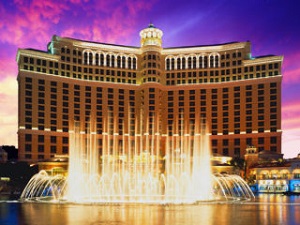Part 2: Misunderstanding “Investing”

As a student of literature in college, I came into my adulthood knowing little to nothing about investing. That did not deter me from making money, but it did diminish my ability to convert that growing income into wealth.
As my income went up, so too did my spending. And of the spending I did, the most foolish were my “investments.”
I put quotes around that word to highlight a point: My ignorance of investing was profound. In fact, I could not even define the term. I might have attempted by saying something about putting money into stocks and bonds, but that sort of vagueness is not helpful. In fact, it is one reason most “investors” fail to grow their wealth faster than inflation.
When you think of investing as something as nebulous as putting money into stocks and bonds (or commodities or futures or real estate or gold mines), you lose the opportunity to examine the difference between different modalities of “investing” – such as trading, speculating, betting, and gambling.
And when you don’t make these distinctions, you can justify foolish behavior by giving it a name it doesn’t merit: i.e., investing.
Wealth Building vs. Investing
Let’s start with this. There is a difference between accumulating wealth and investing.
Accumulating wealth is a good and sensible objective. But investing? It’s an activity – something you do with your money – to achieve the goal of accumulating wealth. Whether it can achieve that purpose depends heavily on what you are actually doing, which depends on your definition of investing.
Examples: my art collection, my botanical garden, my vintage cars, etc.
If you ask me to part with these treasured things, I will refuse. If you point out that they are “just sitting there,” costing me money (insurance/storage/maintenance), I will point out that their values have appreciated over the years and will likely continue to do so. In other words, they are investments.
I’ve been aware of the falseness of this posturing for many years. And I’ve written about it many times, pointing out that the problem with the word “investing” as generally used (especially by the financial industry) is that it puts a sort of seal of approval on a wide range of financial activities – from the cautious to the prudent to the speculative to the downright reckless.
So how do we distinguish? READ MORE

